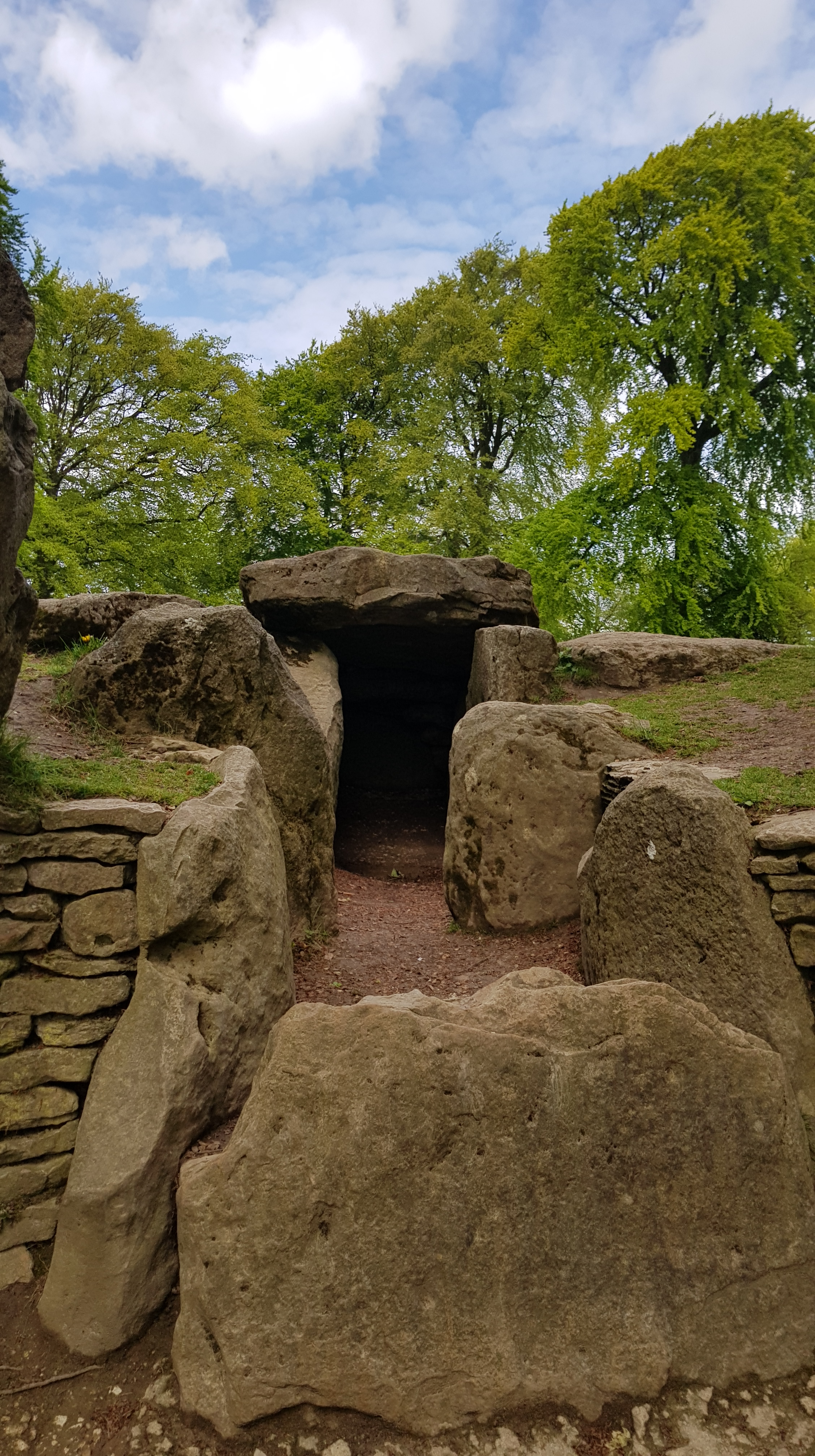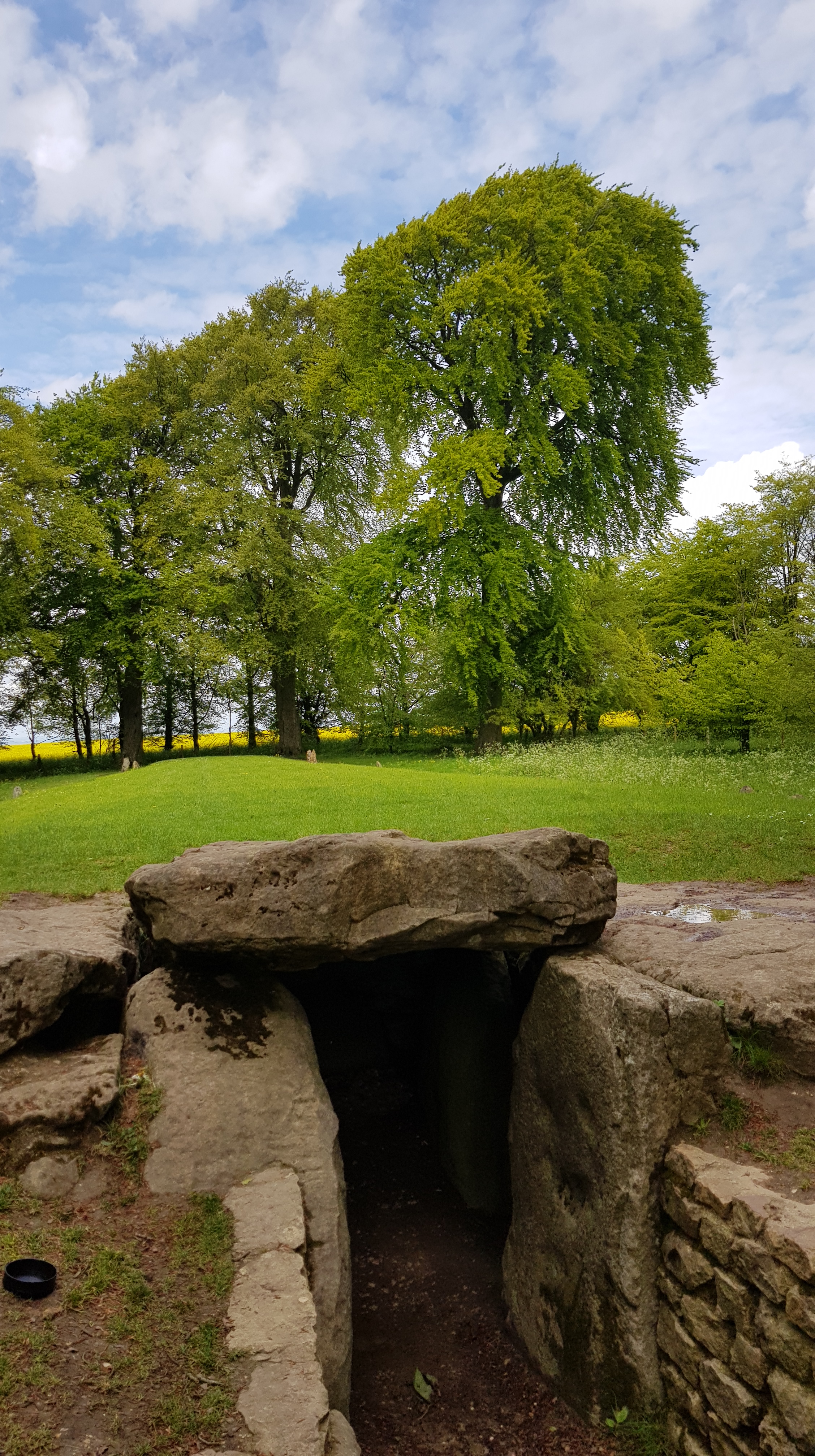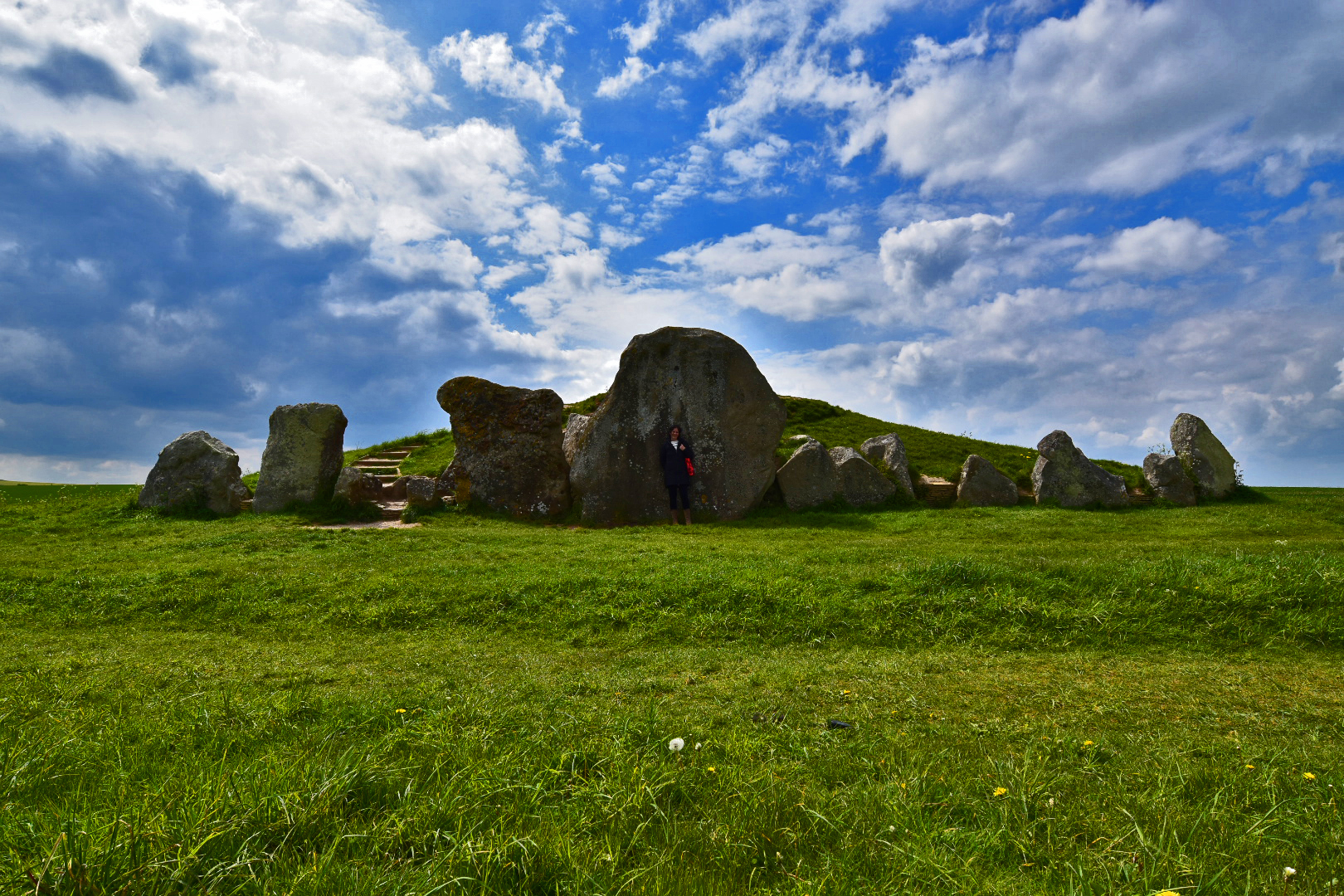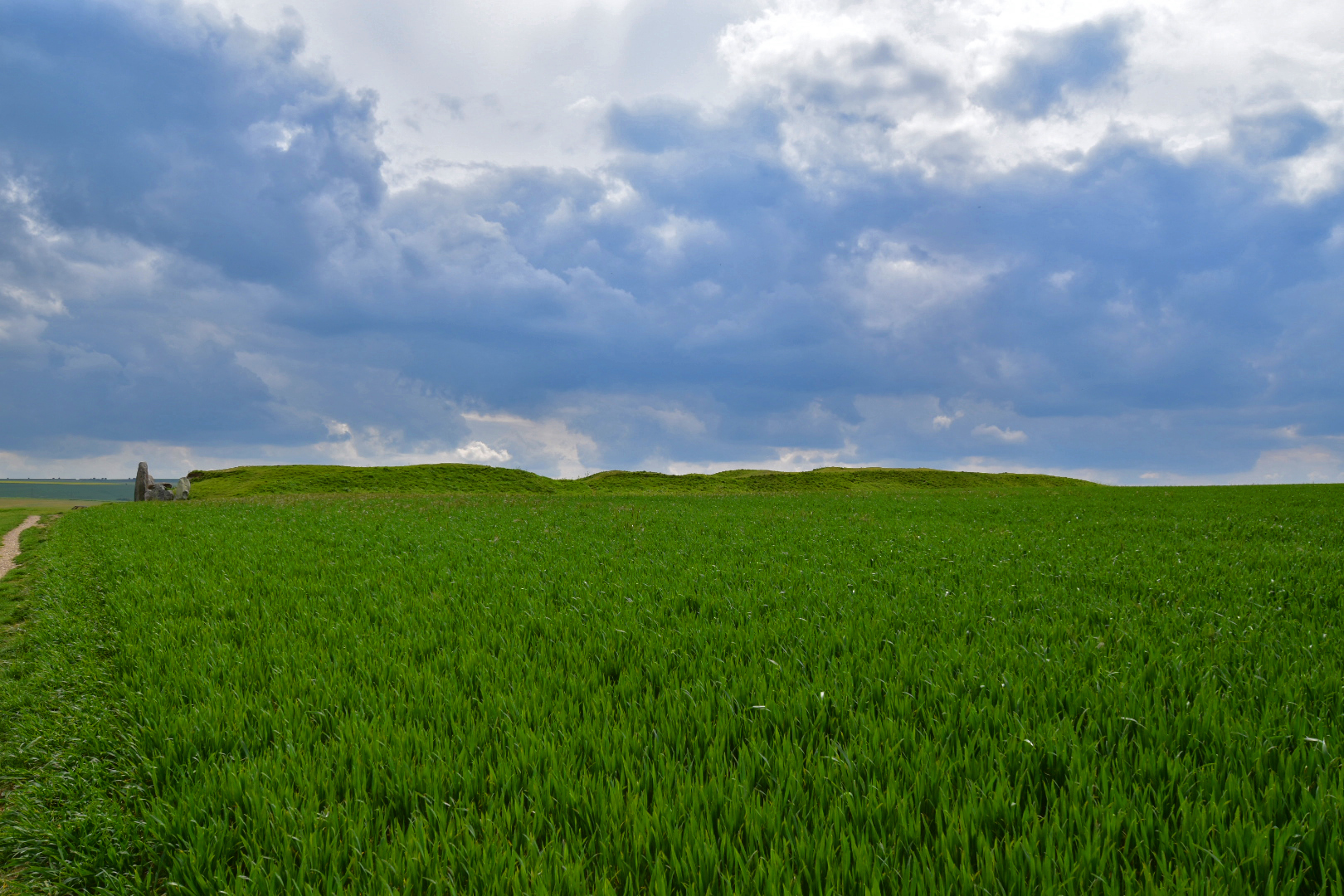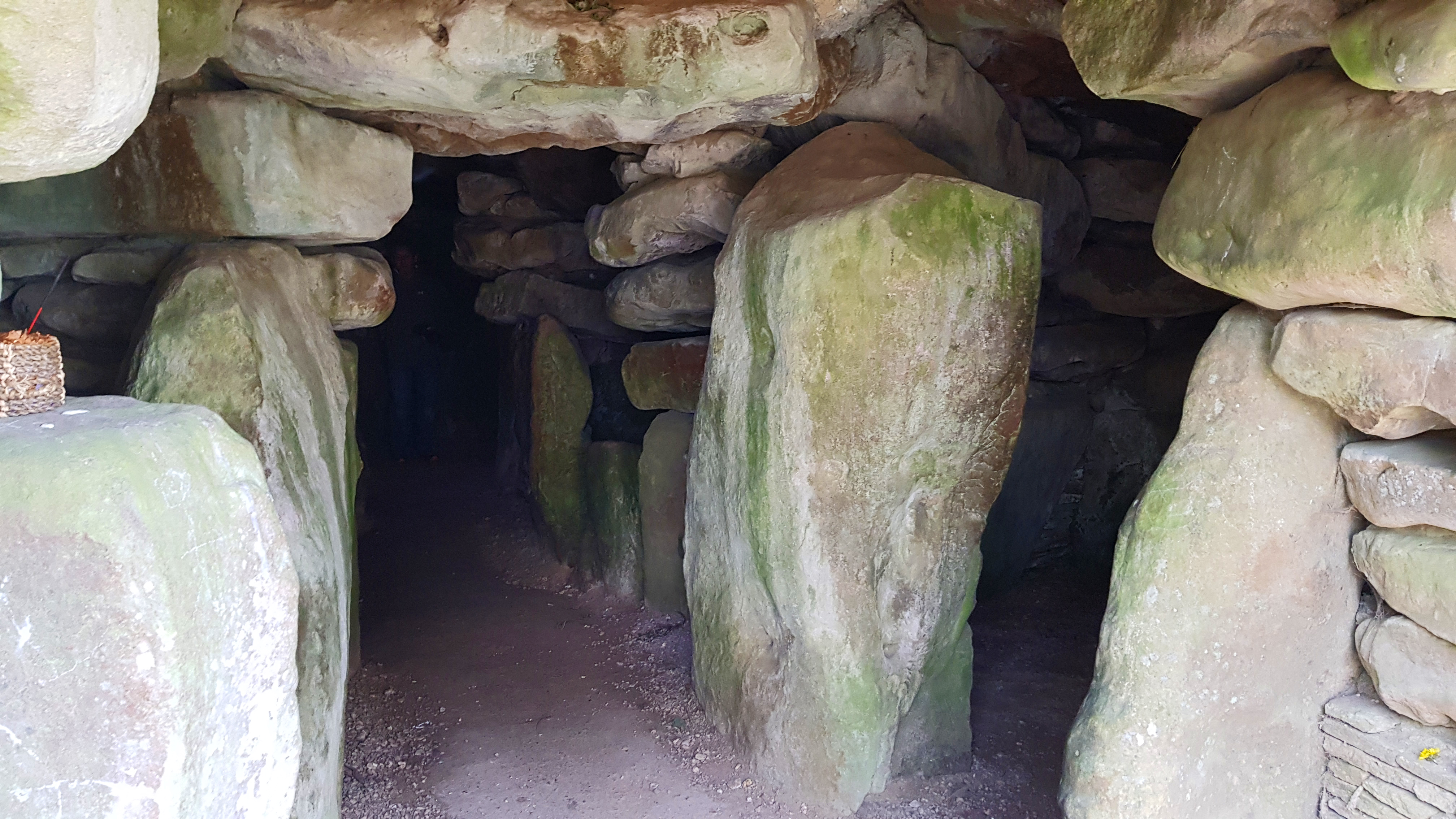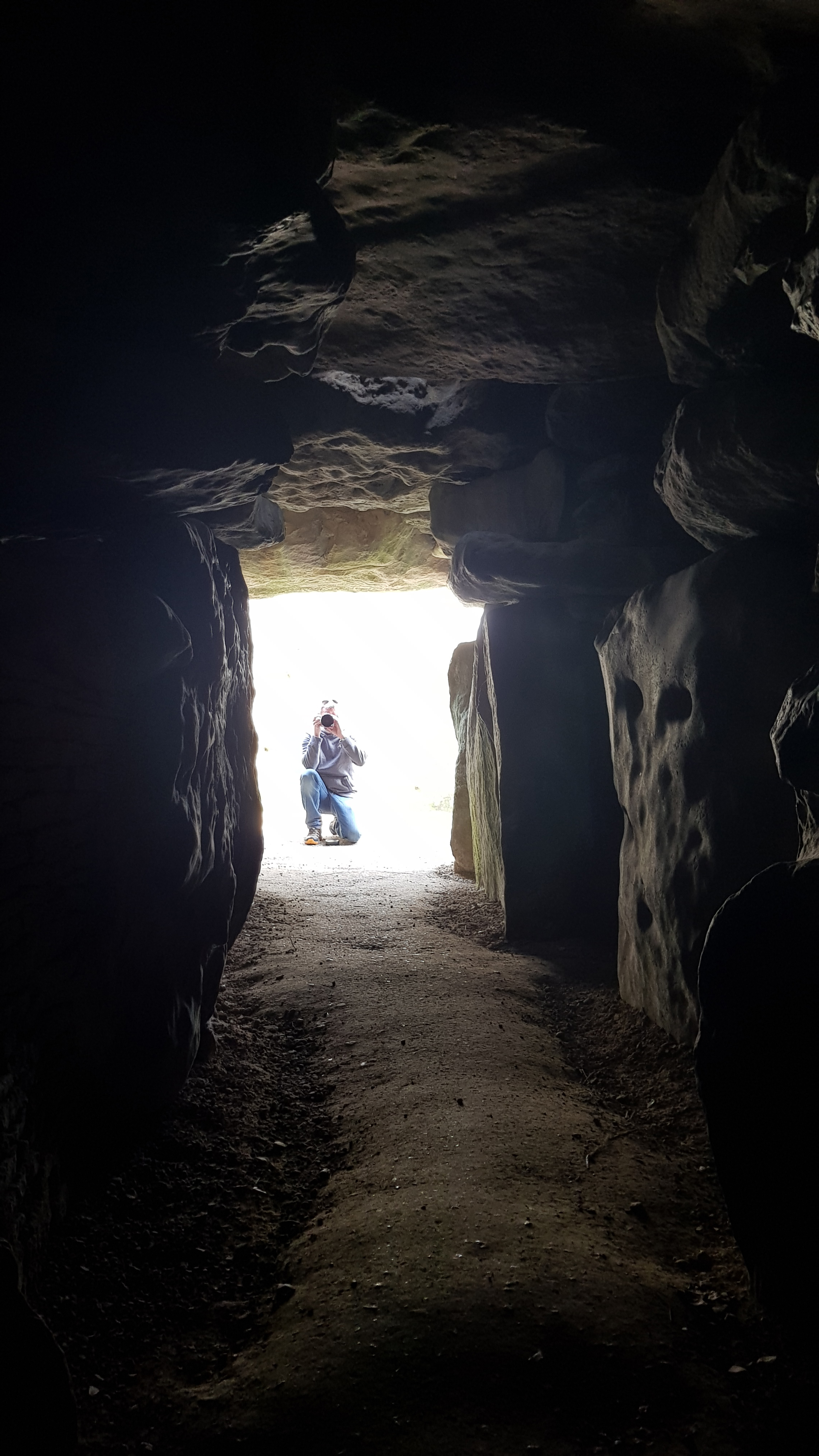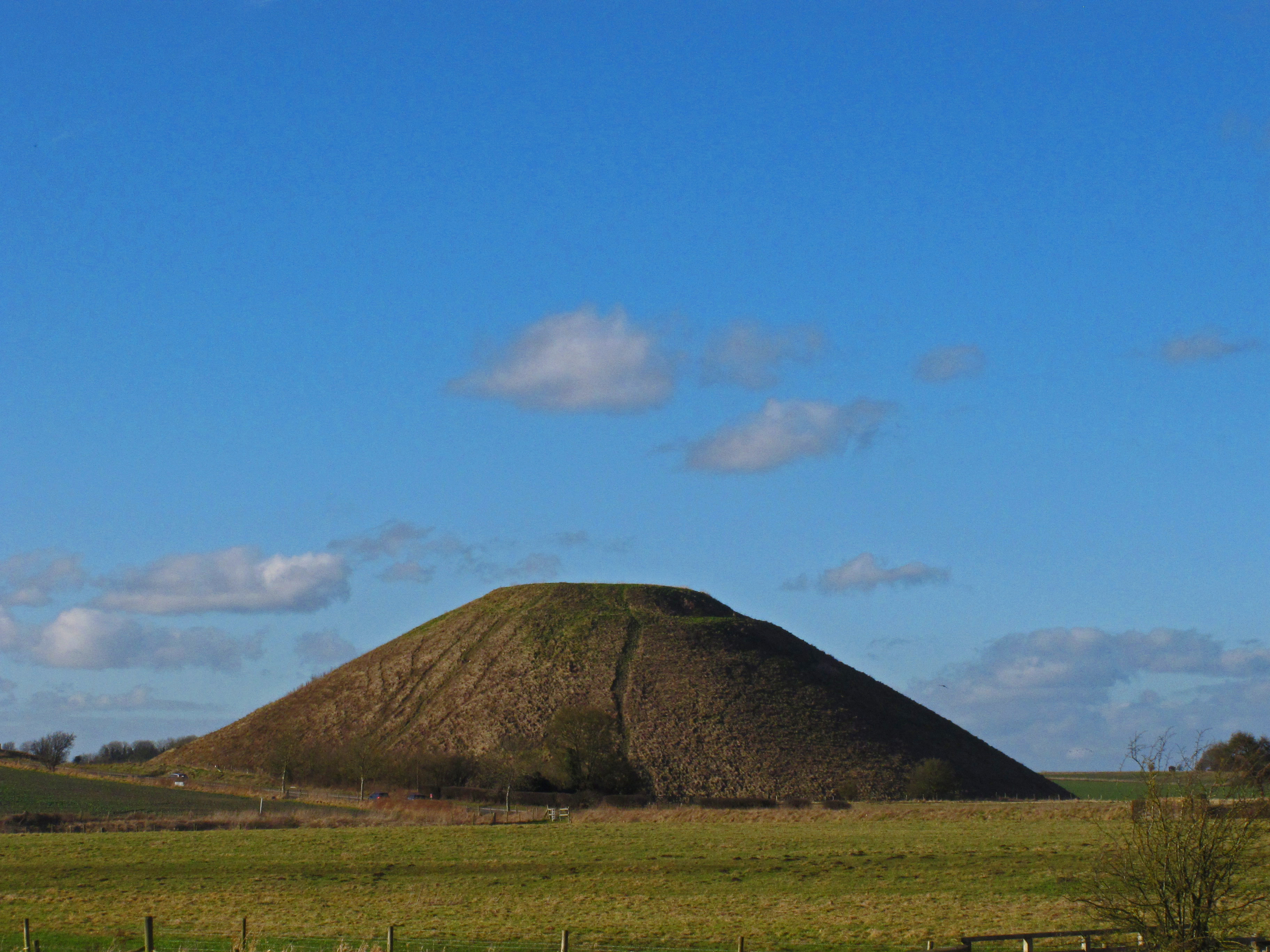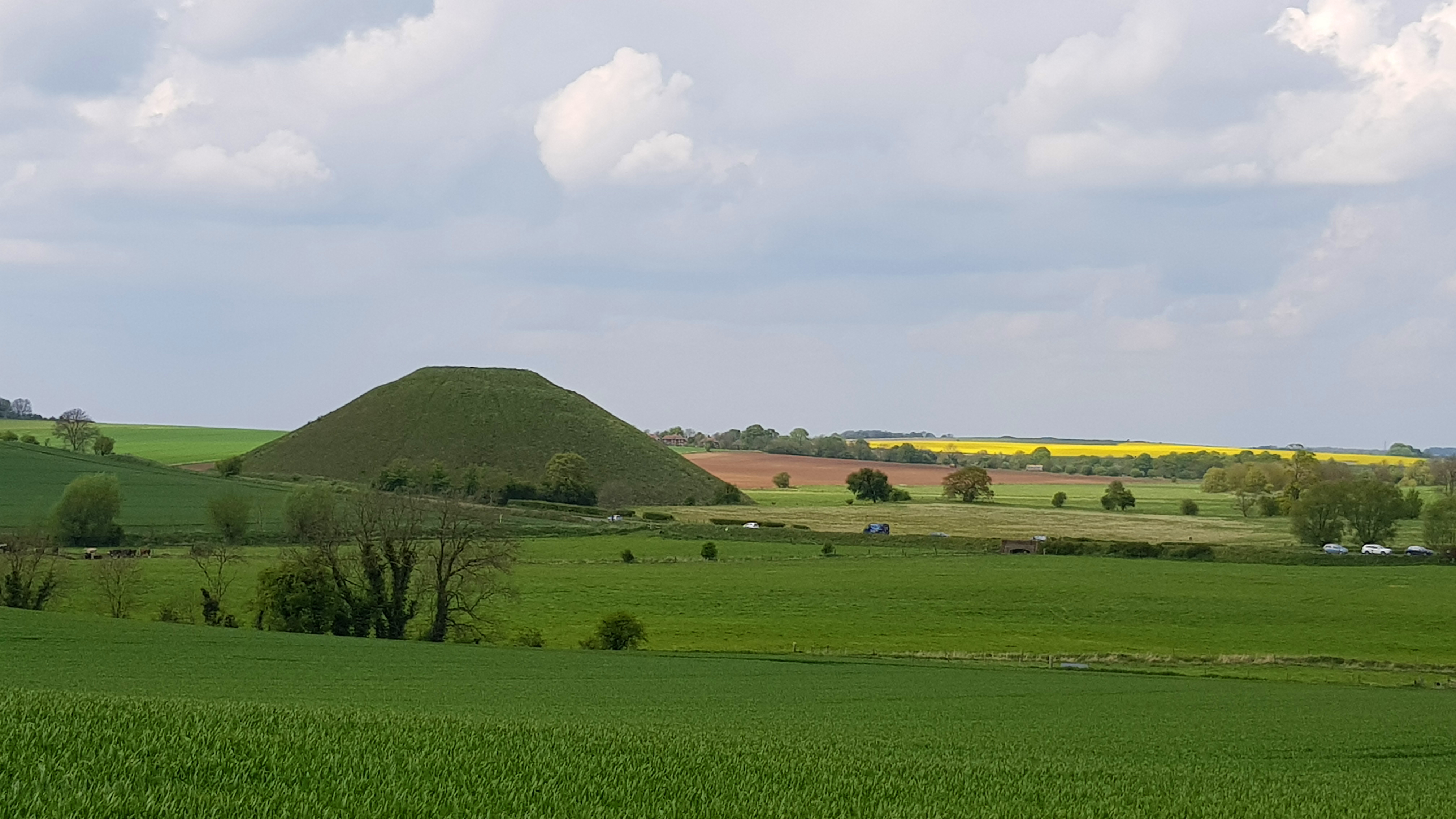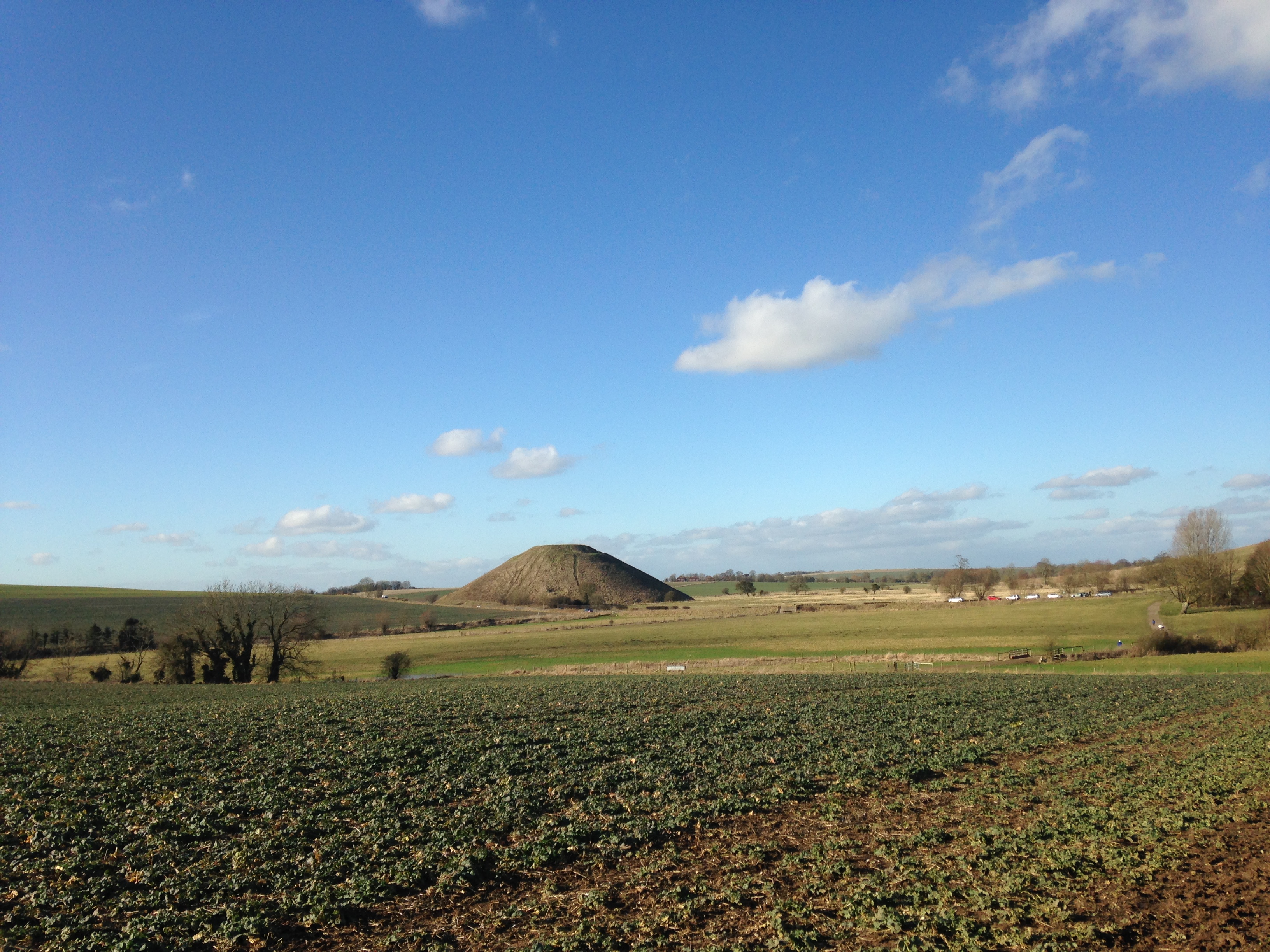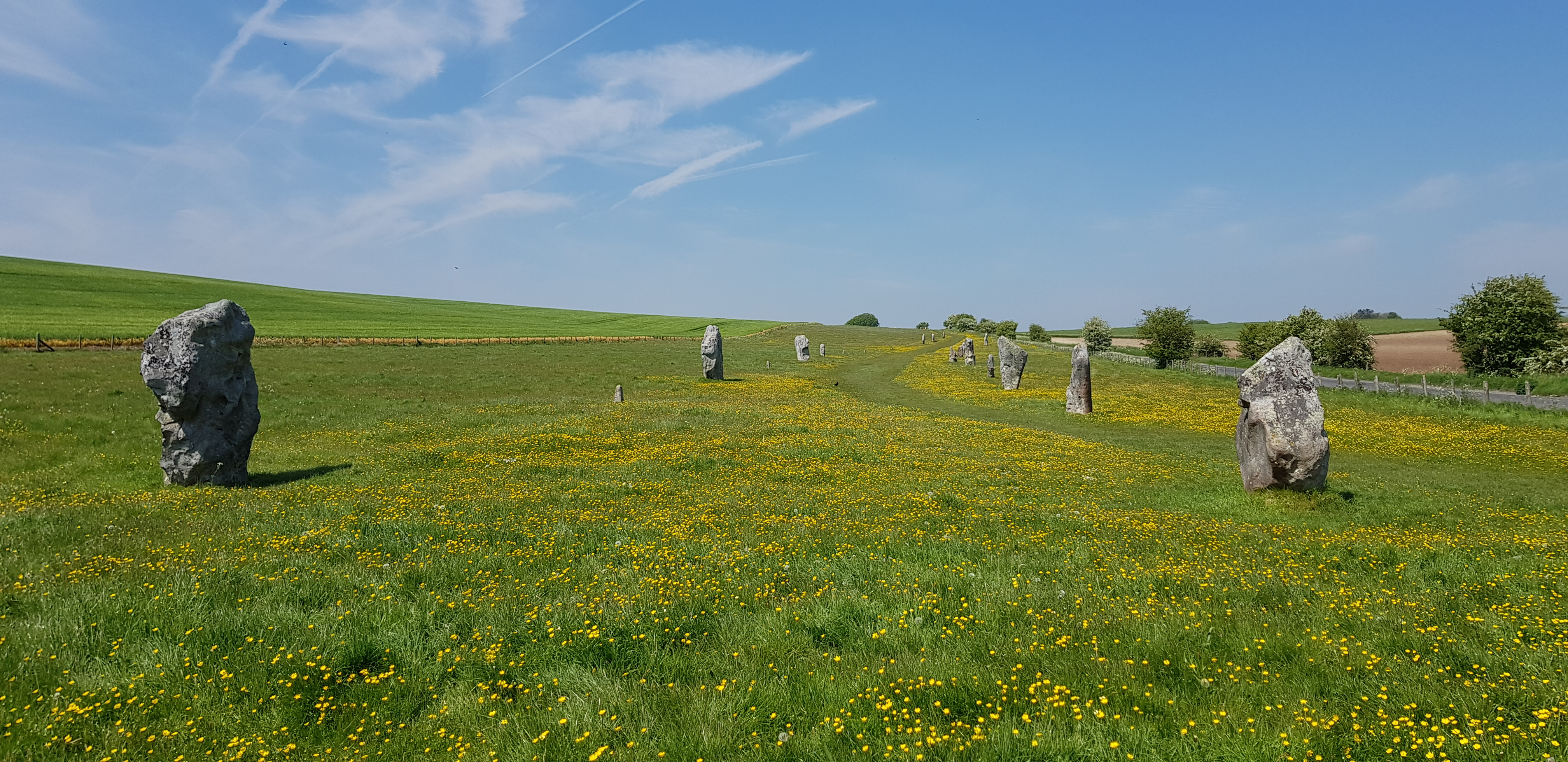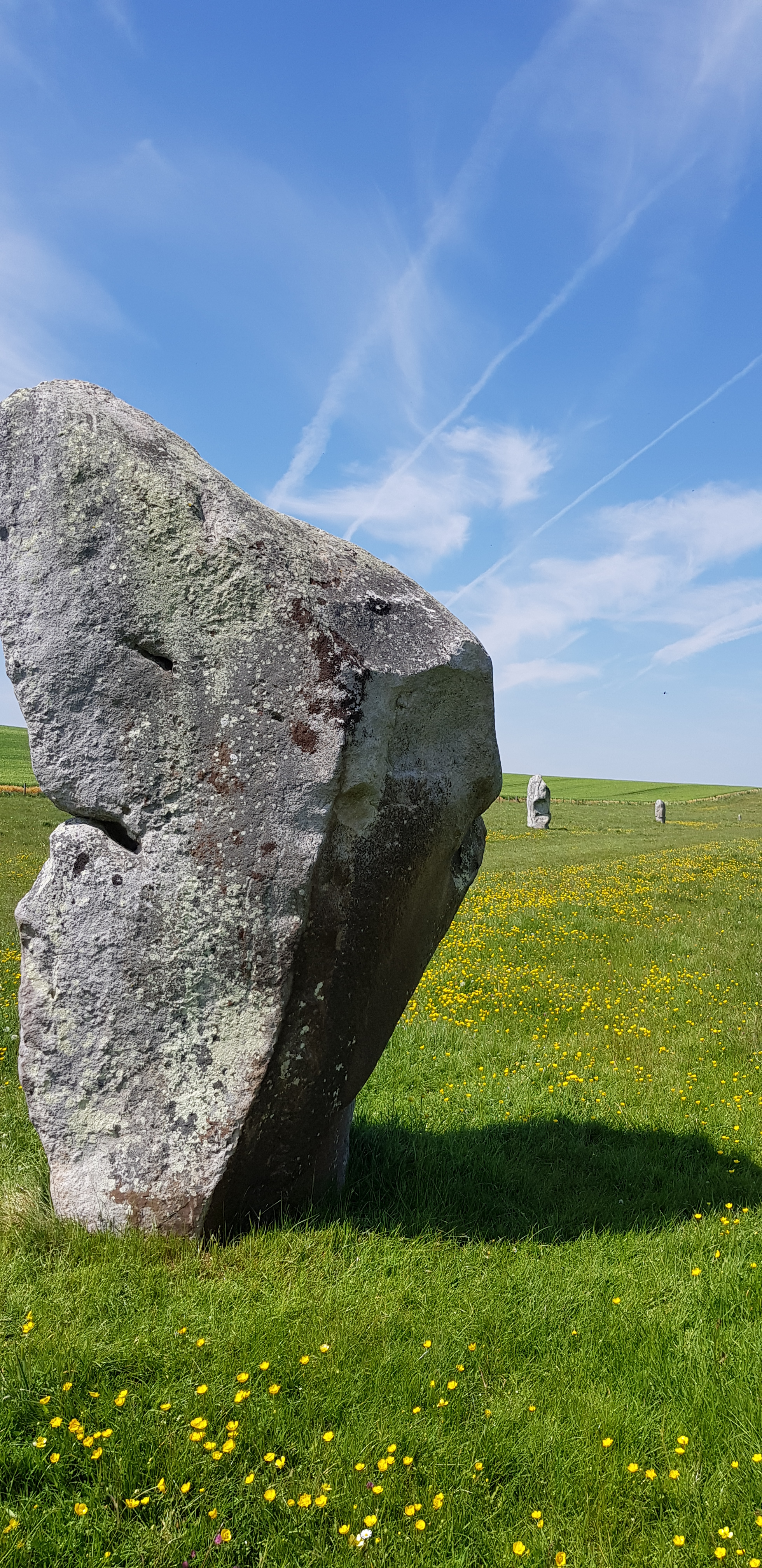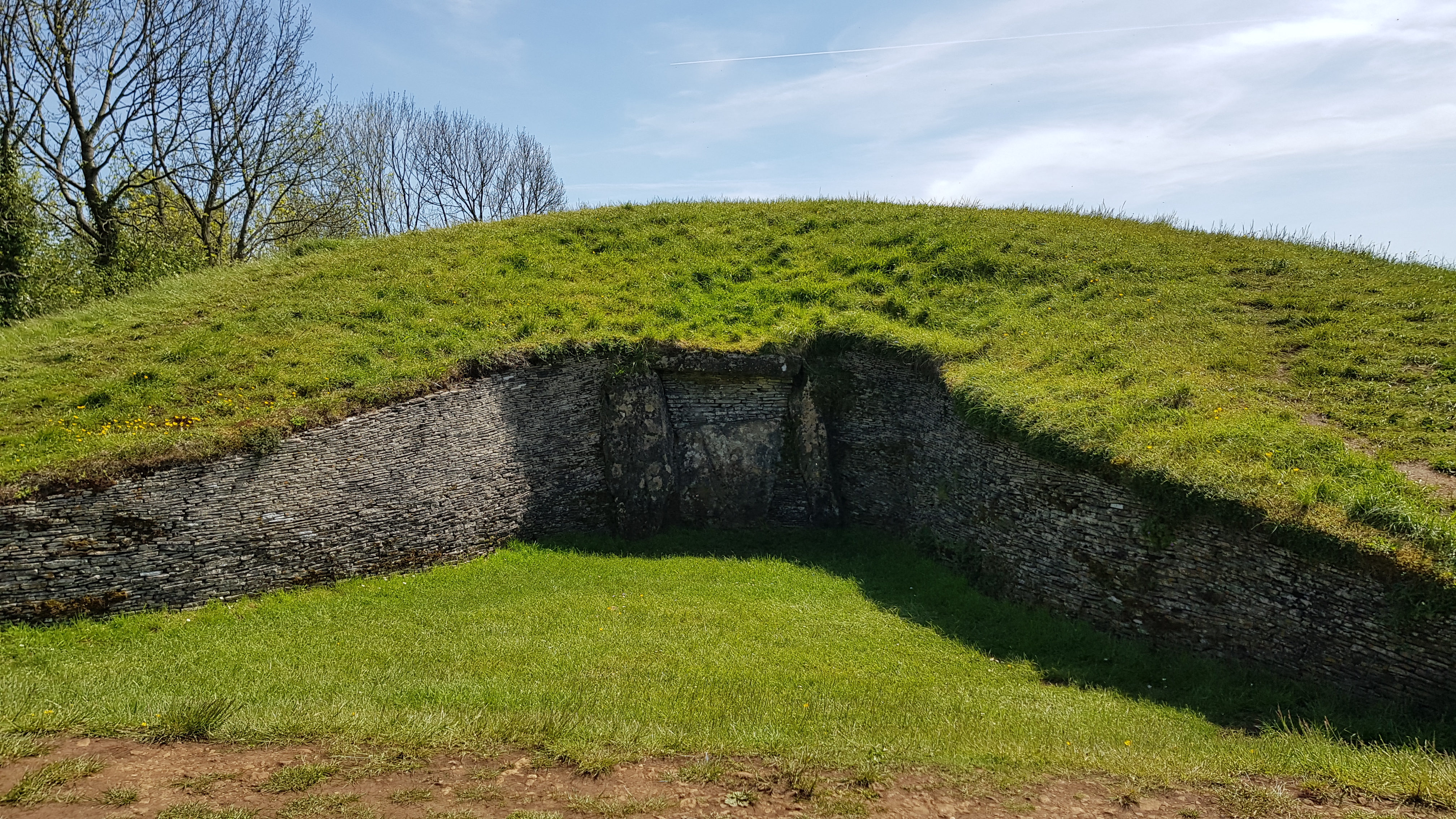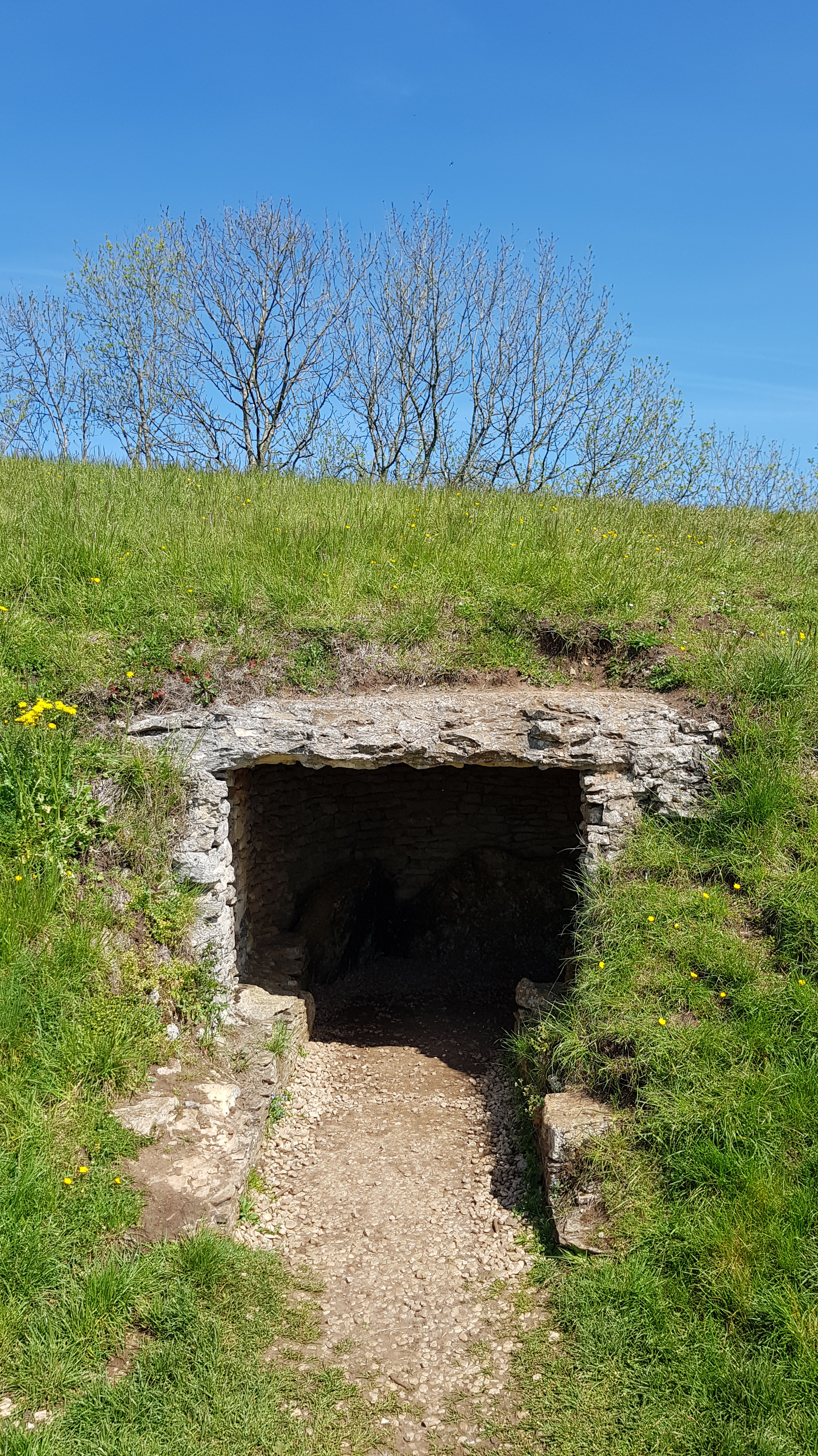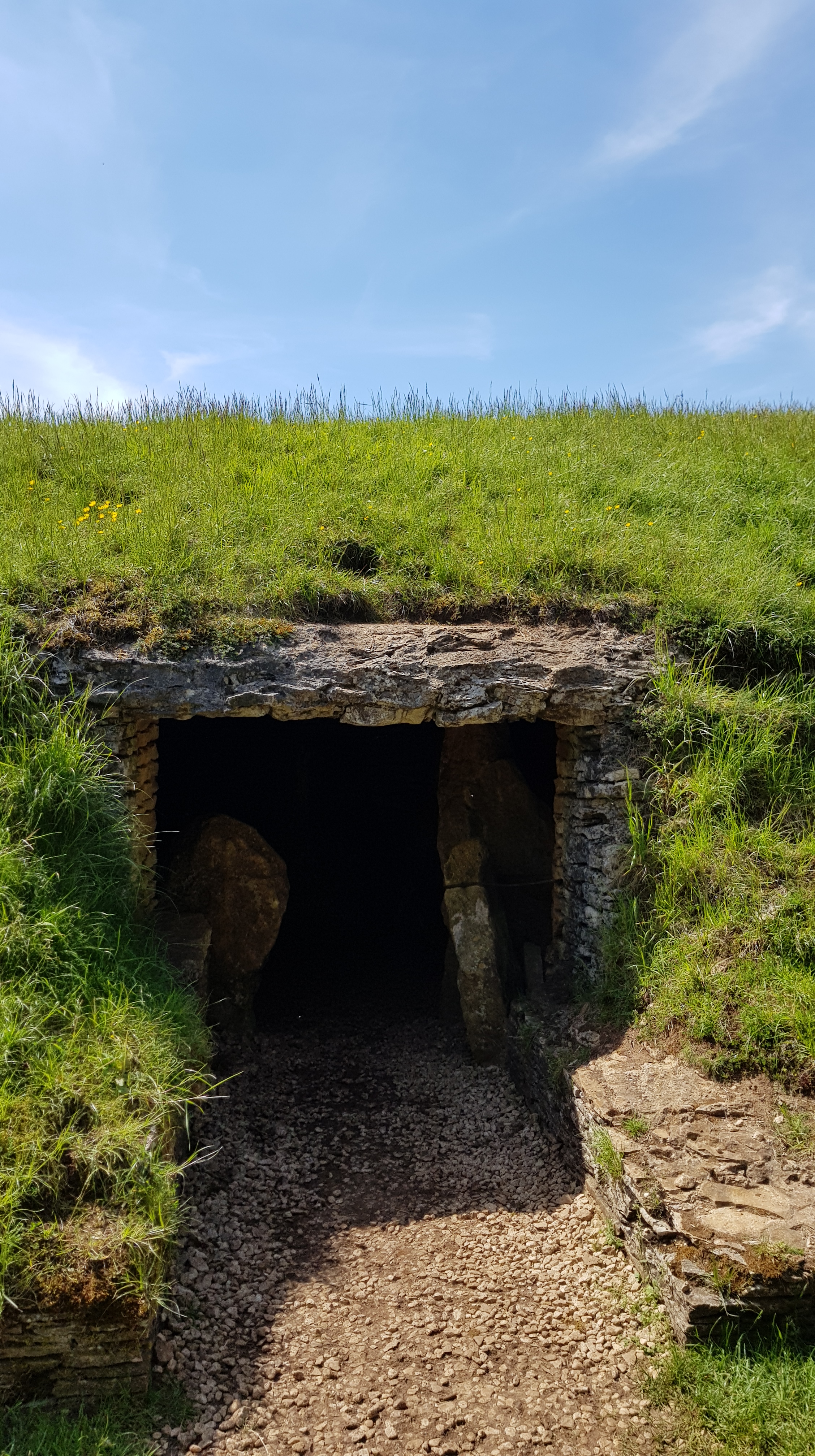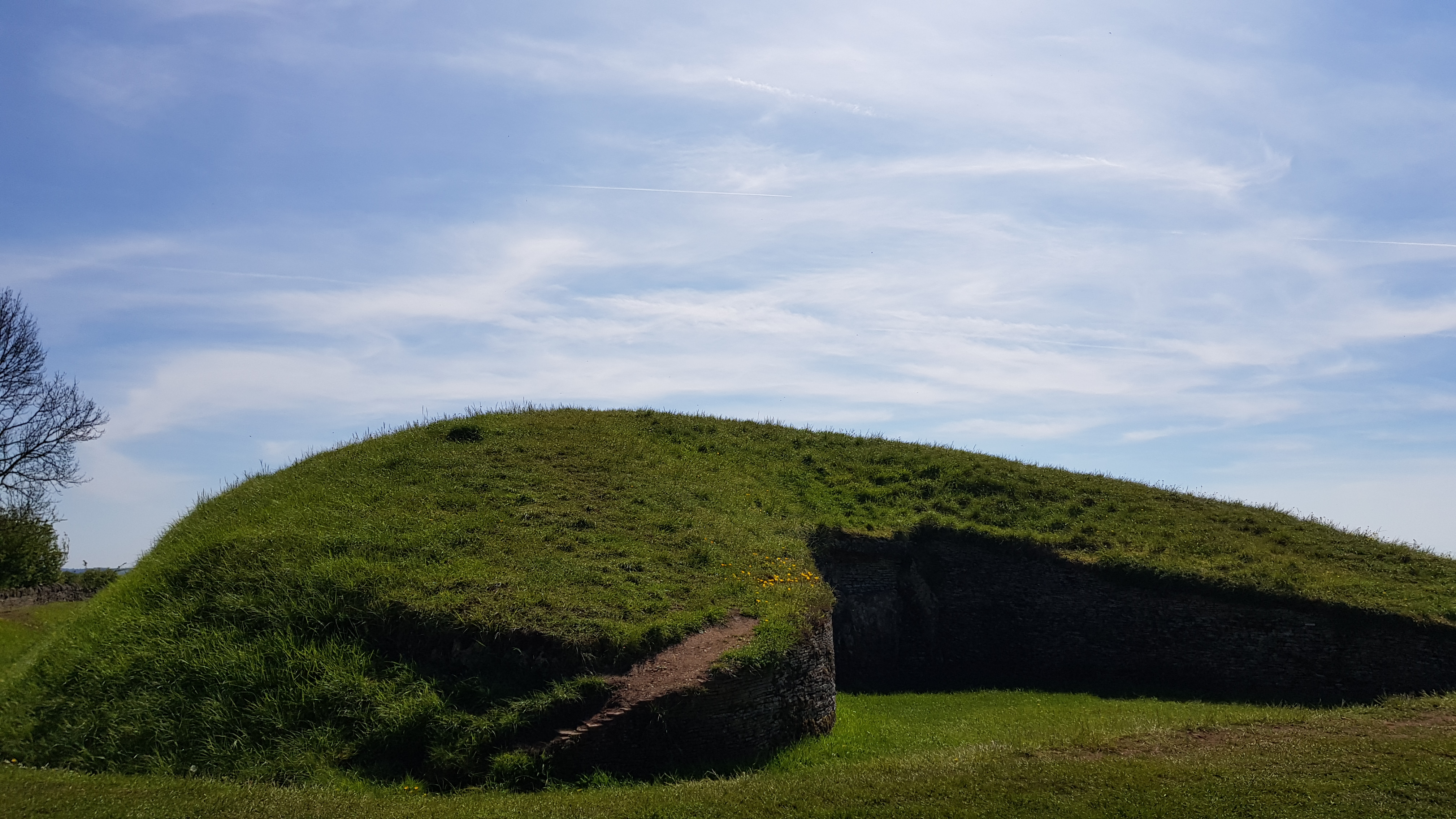So back in 2015-2016, we decided to start taking in some of the history we talked about and were interested in. The Romans are a little recent for our taste, although there is no small measure of that if it’s your thing. But for us we liked a few thousand years further back. It began. But now find ourselves wanting to go back and revisit. We’ve been abroad since then for a bit and seen some other sites. It raises more questions. So, the next round of neolithic adventures of visiting the ancient sites of Britain starts. After finding out how many sites there really are, it may take a while…
We started local. I hadn’t realised I had settled so closely to so many ancient sites. Even walking my dogs for years just by this gem and not even knowing it was there. Also known as Hetty Peglers Tump (after the landowner Hester Pegler in the 17th Century), Uley Long Barrow has long mystified us as to it’s purpose along with all the others (and there will be more). Burial mounds, tomb and ceremonial are all words that have been attributed to these structures, but having visited a number of them now, the effort doesn’t seem consistent with it’s purpose.
Most of these are collapsed and have been looted and excavated over the years, with many being reconstructed to how we see them today. As below, we were treated to some great weather and it’s initial view is impressive. The pictures never quite capture the magic at these places or really how pretty the surrounding are. I hope this one goes a small way to convey that.
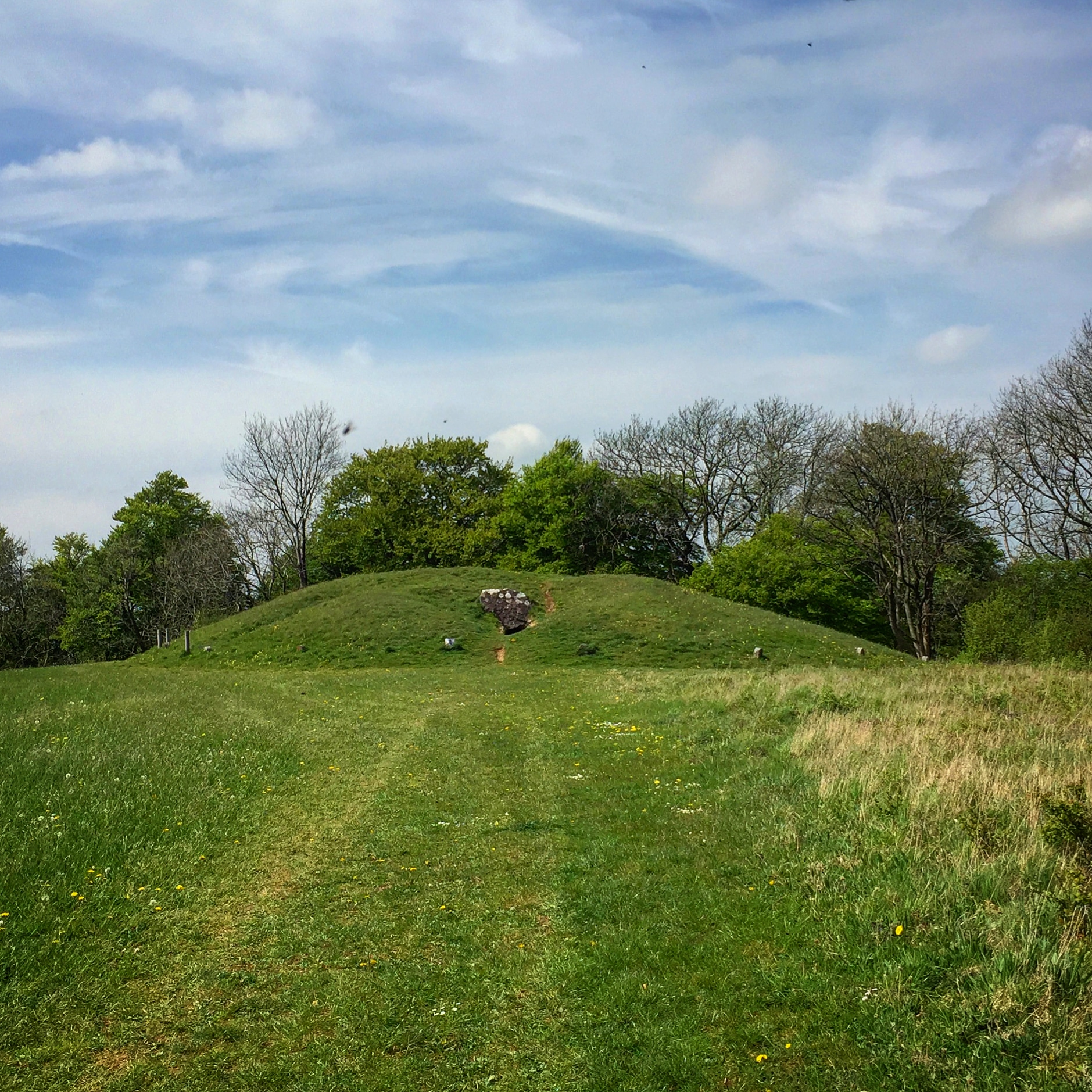
It’s tucked at the back of a field literally just off the B4066 between Stroud and Uley, if you ever happen to be passing that way.
Inside what they call the chambered tomb lies some very large stones. The most impressive ceiling stones seem to overshadow the ‘smaller’ huge ones to the sides. These create separated rooms and not the stuff of graveyards in my opinion.
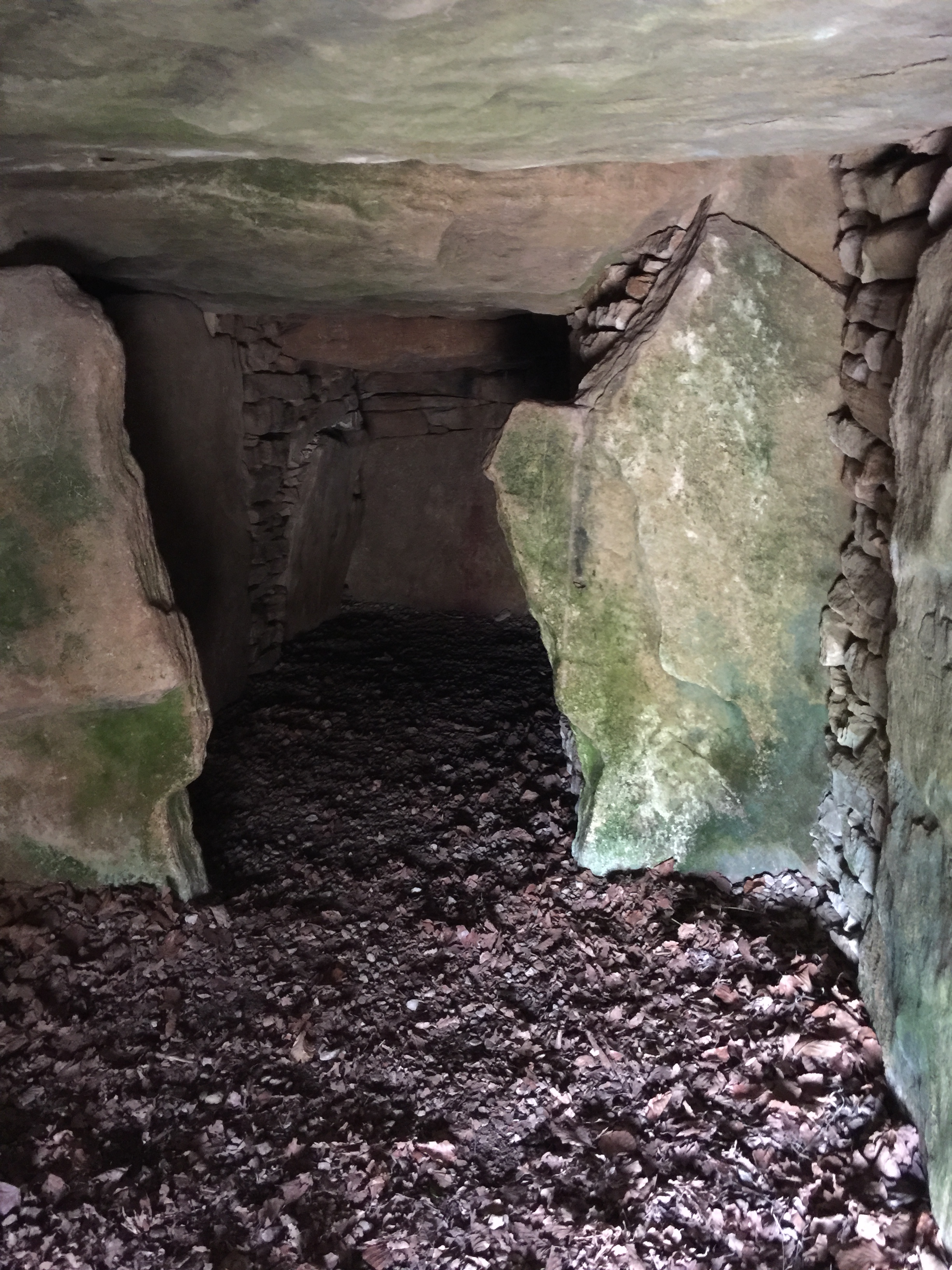
They may have no conclusive answers at this point, many people have many theories about these sites, but we struggle to know what happened in the dark ages less than two thousand years ago, so to think we have the answers for over 5,500 years ago is quite a stretch. But you never know…
(c) K Wicks







